This is an important tool for provinces and cities to integrate science and technology, innovation and digital transformation into socio -economic development strategies, promoting sustainable growth based on knowledge, technology and innovation.
On December 22, 2024, the Politburo issued Resolution No. 57-NQ/TW on breakthroughs in the development of national science, technology, innovation and digital transformation. Following that, on June 27, 2025, the National Assembly passed the Law on Science, Technology and Innovation, creating a new, synchronous and breakthrough legal corridor for the development of science, technology and digital transformation.
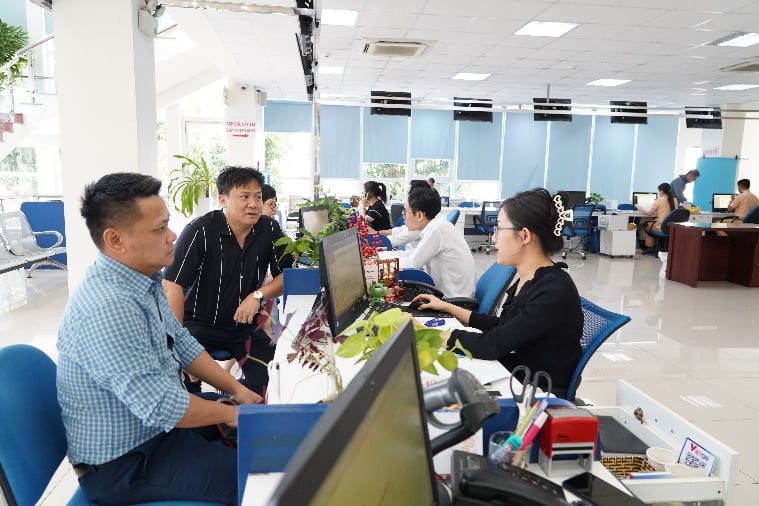
The Ministry of Science and Technology issued a local guidance framework on orientations for the development of science and technology, innovation and digital transformation to serve economic development.
The Law on Science, Technology and Innovation clearly defines the responsibilities of the Provincial People's Committee in developing strategies, plans, allocating budgets, issuing specific policies, and assigning tasks in line with local development needs; encouraging budget allocation based on output, strengthening post-audit mechanisms, mobilizing social resources and promoting the formation of local innovation ecosystems.
In that context, the integration and synchronous implementation of the three pillars of science and technology, innovation and digital transformation have become a strategic requirement. These are not just three separate components but a unified and mutually supportive development ecosystem, creating a knowledge base, tools, solutions and implementation environment to promote local economic growth.
Along with that, from July 1, 2025, the implementation of the two-level local government model nationwide has opened up flexible institutional space, empowering localities more strongly in policy making and implementation.
This is a favorable time for provinces and cities to proactively institutionalize major policies of the Central Government, effectively exploit endogenous resources, promote regional linkages and transform development thinking, in which science and technology, innovation and digital transformation are established as central pillars in the socio-economic development strategy.
To ensure effective implementation, the Framework sets out very specific targets for 2030, which will serve as a measure of success. These are:
Increase the contribution of science and technology, innovation and digital transformation to local economic growth (GRDP), striving to reach 5-7%, of which: science and technology is about 1-1.5%, innovation is about 3-3.5%, digital transformation is about 1-2%.
Every year, at least 30 new products, services and models are formed or improved from the tasks of science and technology, innovation and digital transformation.
There are at least 100 technological innovation enterprises/year, including at least 5 creative startups.
Ensure that 100% of administrative procedures are processed online out of the total number of eligible administrative procedures (must reach a minimum rate of 80% from 2025).
Each locality has an effectively operating innovation ecosystem, with intermediary organizations, creative spaces, digital platforms or smart operating centers.
Build and operate an effective system of indicators to measure and evaluate the impact of science and technology, innovation and digital transformation, integrate into the national information system and update periodically, as a basis for management, investment evaluation and planning of socio-economic development policies at the local level.
The framework not only sets out goals but also proposes breakthrough solutions for localities to implement, such as: Taking businesses as the center and economic efficiency as the measure. Strongly shifting from supporting research to supporting application and commercialization. Prioritizing tasks ordered by businesses, with clear output products and linked to the market, not just stopping at completing administrative procedures.
Innovate financial mechanisms, consider the budget as development investment capital, allocate according to output and post-audit instead of pre-audit. Strongly encourage public-private partnership, mobilize social capital and form venture capital funds to support potential initiatives.
Building a comprehensive innovation ecosystem, integrating science and technology activities into local strategies and general planning. Developing intermediary organizations (incubators, application centers), upgrading quality infrastructure (measurement, testing) and strengthening regional linkages to create spillover effects.
Data-based management and digital platforms. Digitize the entire task management process. Build integrated databases, digital technology maps and smart operations centers to monitor and evaluate performance transparently and in real time.
Promote breakthrough solutions and human resource development. Proactively pilot new mechanisms such as sandboxes to encourage innovative business models in the spirit of "dare to experiment, dare to take risks"...
Source: https://mst.gov.vn/ban-hanh-khung-huong-dan-phat-trien-khoa-hoc-cong-nghe-doi-moi-sang-tao-chuyen-doi-so-phuc-vu-tang-truong-kinh-te-dia-phuong-197250822095909209.htm




![[Photo] President Luong Cuong receives delegation of the Youth Committee of the Liberal Democratic Party of Japan](https://vphoto.vietnam.vn/thumb/1200x675/vietnam/resource/IMAGE/2025/8/22/2632d7f5cf4f4a8e90ce5f5e1989194a)
![[Photo] Prime Minister Pham Minh Chinh chairs the conference to review the 2024-2025 school year and deploy tasks for the 2025-2026 school year.](https://vphoto.vietnam.vn/thumb/1200x675/vietnam/resource/IMAGE/2025/8/22/2ca5ed79ce6a46a1ac7706a42cefafae)
![[Photo] President Luong Cuong attends special political-artistic television show "Golden Opportunity"](https://vphoto.vietnam.vn/thumb/1200x675/vietnam/resource/IMAGE/2025/8/22/44ca13c28fa7476796f9aa3618ff74c4)


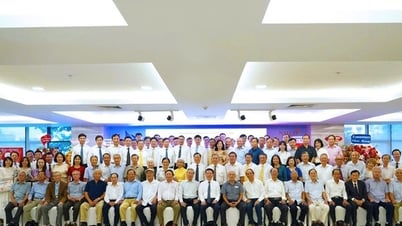
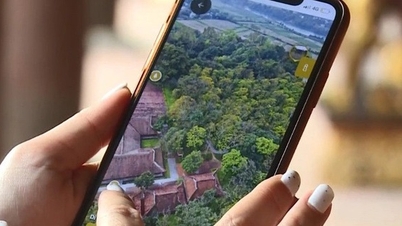


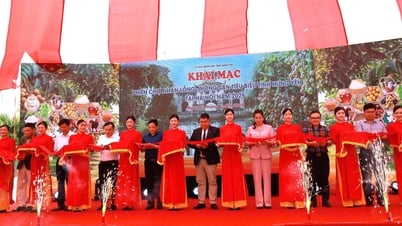

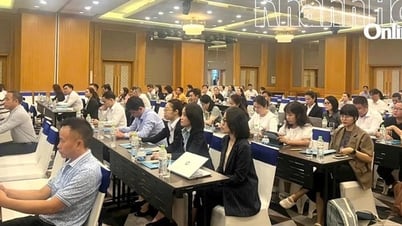
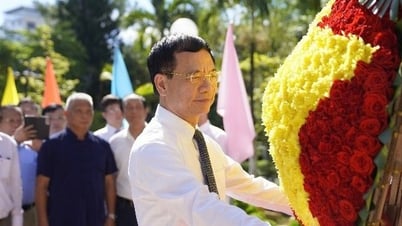




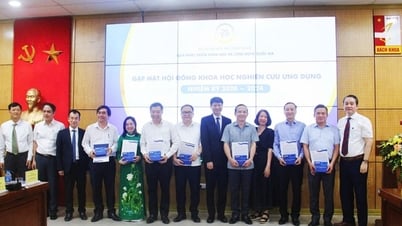
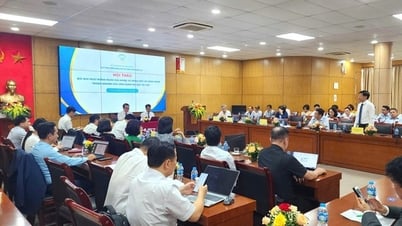
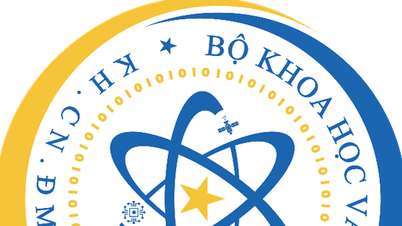
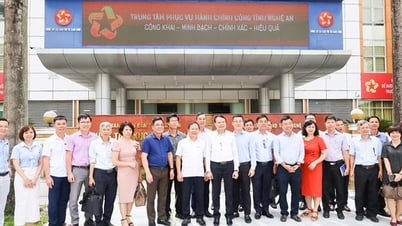

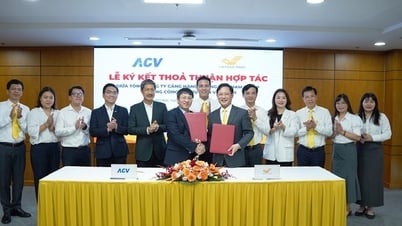







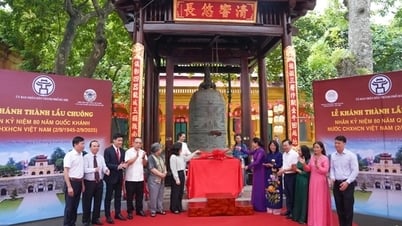





















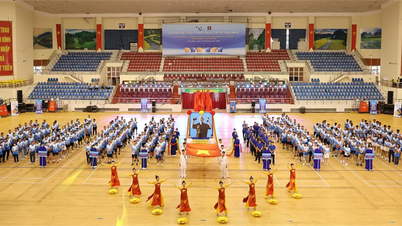








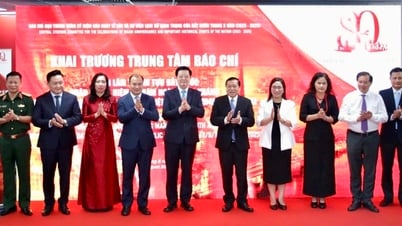




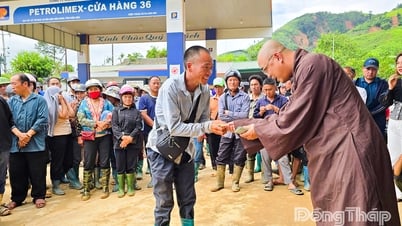



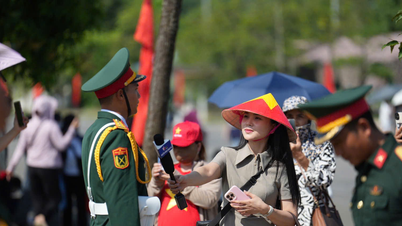

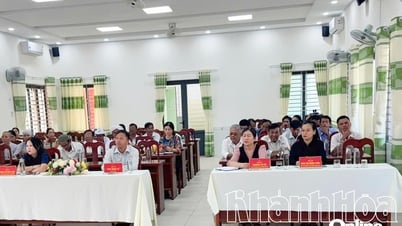















Comment (0)